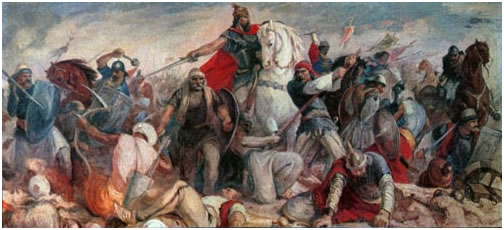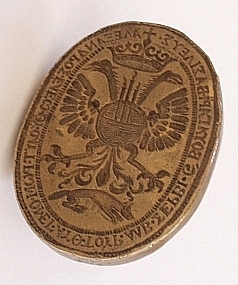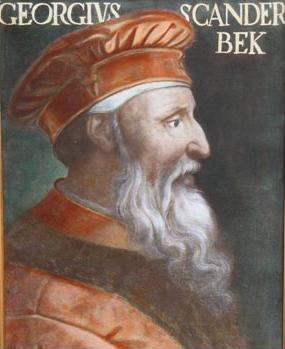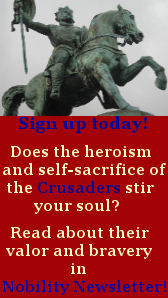The morning of the 30th of May 1453, saw the Crescent floating over Constantinople. The caliph [Mahomet II] entered it as conqueror. Before his death if he did not quite succeed in subjecting the world, he could boast that he had subdued Constantinople and Trebisond, overcame at least a dozen kingdoms, and took innumerable fortresses. Why he did not succeed to the full extent of his desire was, that God had raised up against him Hunyadi, who overcame him at Belgrade in 1456, and Scanderbeg, who occupied him from that until 1467.
From the death of Amurath in 1450 to 1461, Mahomet sent several armies under his ablest commanders against Albania. His policy, moreover, of bribery, after the fall of Constantinople, caused the faithless chiefs of Epirus to desert their national standard, and even to join the Turks against their king. But the moment these apostates left the Christian cause, the spirit that made them formidable, departed, and when they appeared amidst the thousands of Mahomet, they were mowed down by the faithful Mirdites of Castriota, like grass before the scythe. On one of these occasions, over thirty thousand Turks and apostates fell before the little band of Scanderbeg. At length Mahomet gave up the task of subduing the great leader, in despair; and agreed to a kind of armed truce in 1461. 
Msgr. George F. Dillon, The Virgin Mother of Good Counsel: A History of the Ancient Sanctuary of Our Lady of Good Counsel in Genazzano, and of the Wonderful Apparition and Miraculous Translation of Her Sacred Image From Scutari in Albania to Genazzano in 1467 (Rome: Sacred Congregation of the Propaganda Fide, 1884), pp. 129-130.
Short Stories on Honor, Chivalry, and the World of Nobility—no. 180
Nobility.org Editorial Comment: —
In History, Scanderbeg stands out like a giant.
His Catholic faith, love of Mary Most Holy, and fidelity to the nobility’s purpose and mission were so extraordinary that he will be remembered and celebrated forever more.
Odds meant very little to him. He defeated wave after wave of Turkish invaders. Ever vigilant, brave, and unpredictable, his gold-striped, white helmet, with its gilded horned goat atop, was the terror of the Turks. Nothing daunted him, not even the betrayal and apostasy of former brothers-in-arms. He fully merited the praise of the Popes and History and was called “The Sword and Shield of Christendom.”











